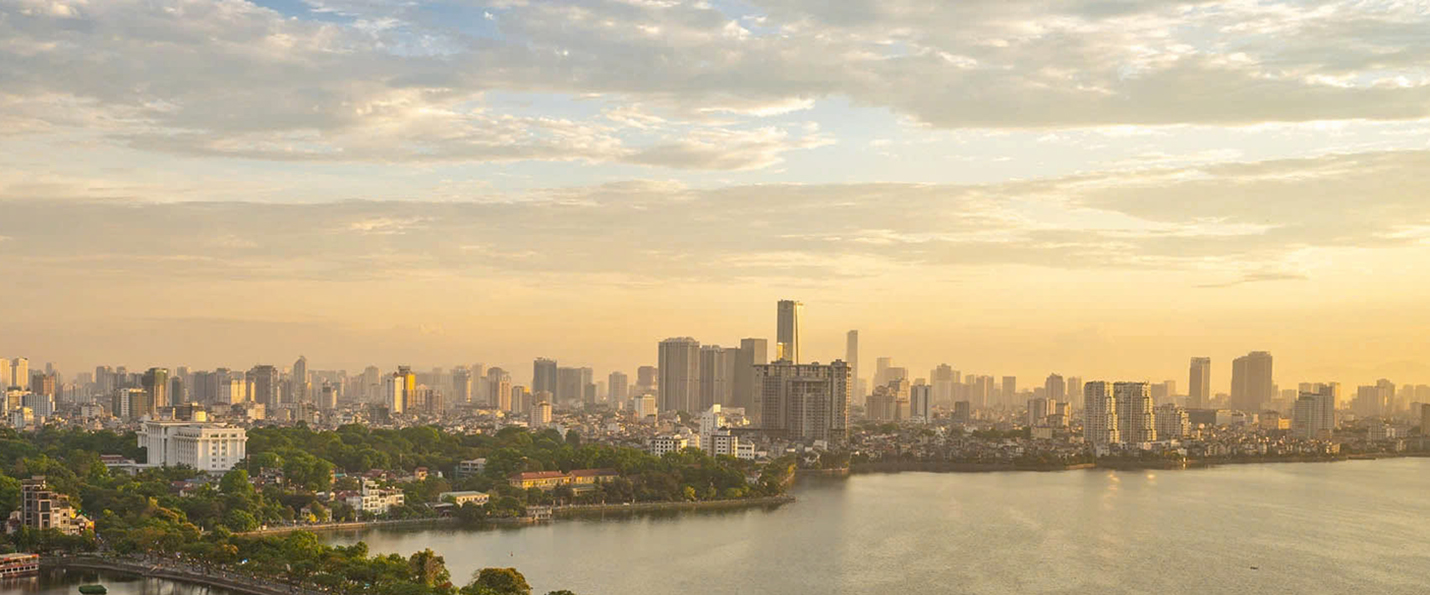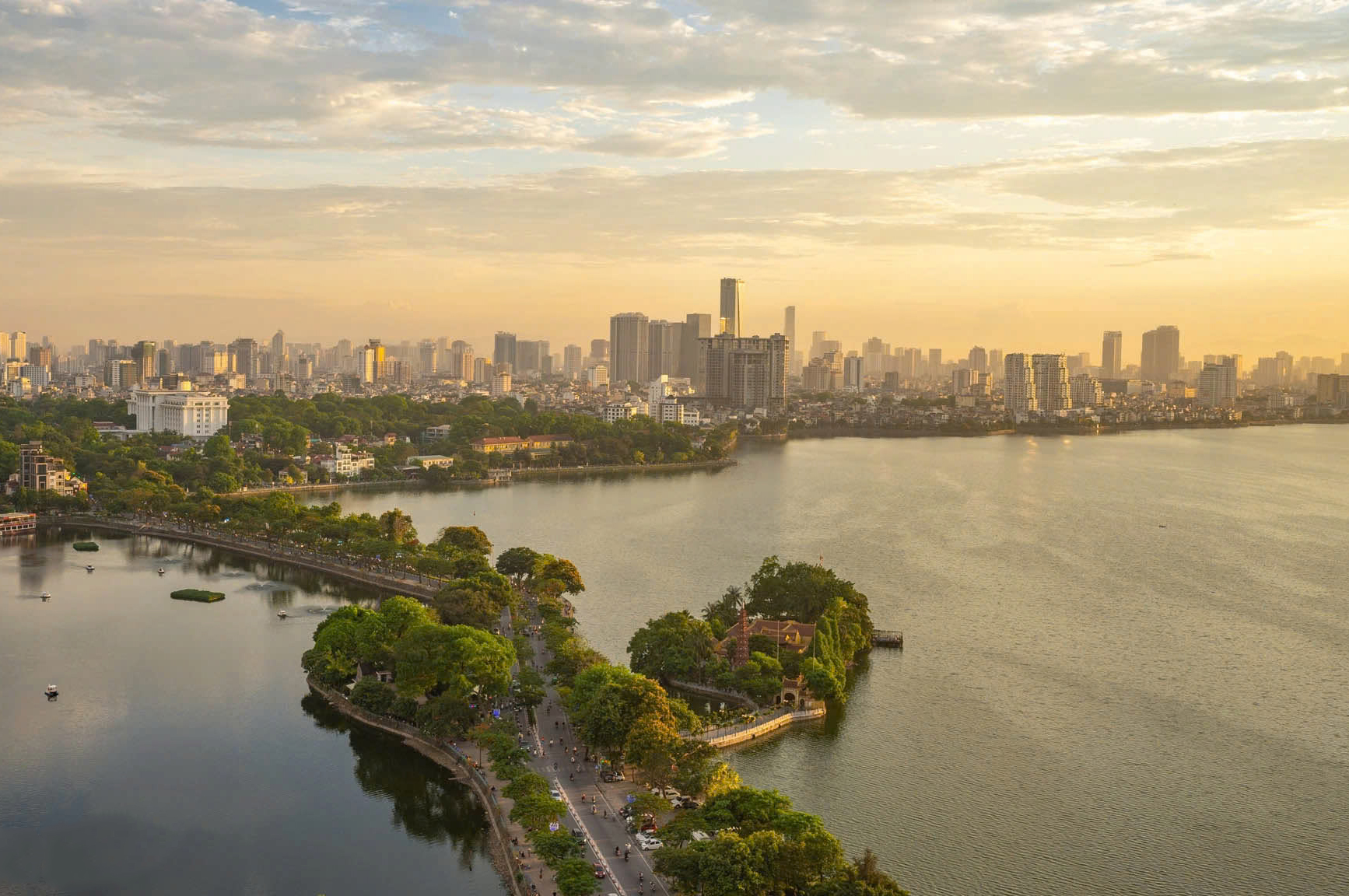
Hanoi – Cultural center features imbued with 1,000 years of value
With more than 1,000 years of civilization, from when it was the capital of Thang Long until now, Hanoi has always been the largest cultural center in the country with tangible and intangible cultural relics. The good land has given birth to folk culture with many legends, songs, proverbs, heroes, famous people praised by the people, and folk festivals with rich historical colors…
A place where historical relics are preserved
The Old Quarter
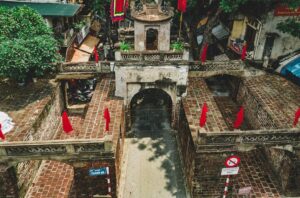
The Old Quarter is ancient with many historical relics
The Old Quarter – a place that preserves the mark of an ancient “Hanoi with six streets”. The “36 streets” of Hanoi, located in the northeast of the ancient citadel, have for nearly 10 centuries witnessed many heroic historical events of the nation in the cause of fighting foreign invaders and preserving the country’s independence. This place was not only an economic center but also a diverse cultural center; rich culinary culture…The names Hang Ngang, Hang Dao, Hang Bong, Hang Gai, Hang Bai, Hang Chuoi…are not simply street names but behind each name is a unique craft, a nostalgia of history.
Hang Bai used to be a place that specialized in making Cards, Tam Chrysanthemums, and Shrimp Nests… to serve the simple entertainment that is indispensable in every family and village on happy days of Tet or festivals. Hang Bac evokes generations of talented craftsmen who carved gold and silver beans to make the palaces of kings and lords luxurious, enhancing the elegant beauty of Hanoi girls…
Thang Long Imperial Citadel
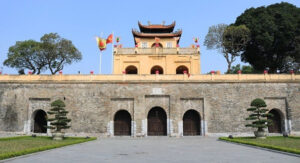
Thang Long Imperial Citadel
Thang Long Imperial Citadel has just celebrated the 10th anniversary of UNESCO’s recognition as a World Cultural Heritage. Is a complex of relics associated with the history of Thang Long – Dong Kinh capital and Hanoi province, starting from the pre-Thang Long period (An Nam dominated the 7th century) through the Dinh – Early Le dynasties, and developed strongly under Ly, Tran, Le dynasties and Hanoi citadel under the Nguyen dynasty. This is a massive architectural work, built by dynasties during many historical periods and has become one of the most important monuments in the system of Vietnamese monuments.
One Pillar Pagoda
It is also a One Pillar Pagoda as elegant as a lotus flower. The uniqueness of One Pillar Pagoda architecture is that the entire pagoda is placed on a stone pillar. Along with the square pond below, which can symbolize the earth (heaven is round, earth is square), the pagoda seems to raise a noble concept: Compassion illuminates the world. The landscape supports the wooden and stone architectural block, with ponds and trees, creating closeness, purity and still elegance. The noble feeling of architecture is like sharing and harmony with the sky and water, and the green color of trees and leaves makes people shake off their worries and achieve purity of soul.
Temple of Literature

Temple of Literature
It is the oldest university in Vietnam – the Temple of Literature. The Temple of Literature was built in October 1070, worshiping Confucius, the sages of Confucianism and Quoc Tu Giam Chu Van An, a teacher who represents the high morality and virtue of Vietnamese education. In 1076, the Quoc Tu Giam house was built next to the Temple of Literature, initially as a place to study for princes, then expanded to accept good students from all over the world. This is the symbol of national education, the tradition of studiousness, and the attitude of respecting and honoring the nation’s talented people.
Ba Dinh Square

Ba Dinh Square
Where President Ho Chi Minh read the Declaration of Independence, giving birth to the Democratic Republic of Vietnam on the historic September 2, 1945; Ho Chi Minh’s Mausoleum is solemn but simple like an eternal song made of stone, bathed in the green of flowers and leaves gathered from all over the country, radiating fragrance, shading, and keeping peace for his sleep in the middle of the world. national heart.
West Lake

riding in west lake
West Lake has long been a scenic spot of Hanoi, considered the mirror of the capital, the lungs of the Long citadel with a history of thousands of years. During the Ly-Tran dynasties, kings built around the lake. Many palaces were used as places for relaxation and entertainment, such as Thuy Hoa Palace under the Ly Dynasty, Ham Nguyen Palace under the Tran Dynasty, now Tran Quoc Pagoda Area, Tu Hoa Palace under the Ly Dynasty, now Kim Lien Pagoda Area, Thuy Chuong palace under the Le dynasty, now the area of Tran Quoc pagoda. Chu Van An school.
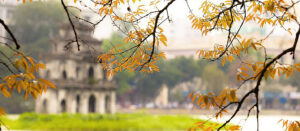
Ngoc Son Temple
Hoan Kiem Lake with The Huc Bridge, Pen Tower, Turtle Tower, Ngoc Son Temple with shimmering water has entered history books, poetry… And there are many, many historical relics, pagodas, communal houses, Hanoi village gates…. has created a complex of unique tangible cultural heritages of Hanoi.
A convergence of quintessential intangible cultural heritage and cultural center
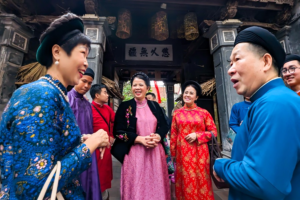
Cultural heritage and cultural center
Hanoi’s intangible culture is a combination of elements of exchange, integration, reconciliation, acculturation, openness, and flexibility, to create the identity of Thang Long – Hanoi, a land of “water and harmony”. people and cultural convergence are extremely rich and diverse.
The traditional folk festivals of Hanoi people have bold historical colors because Hanoi is the center, the gathering place of historical figures and historical events, historical marks of the cultural environment. urbanize. Hanoi’s ancient folk festivals occupy a very large position and have a positive and profound impact on the spiritual life and cultural life of Hanoi people. Through the festival and during the festival, every action contains a special sacred meaning. It is a time that brings members of the community together.
It is a time when people’s cultural life is closely organized and large-scale, thus raised to a higher level than in ordinary days, and it is also a time of convergence of practical abilities. create musical genres, bringing excitement to everyone.
Those are the customs and conventions of ancient villages in ancient times. Although Hanoi is Kinh Do, the largest urban area in the country, it is still “Ke Cho” of “Ke Que”, where villages and streets intertwine and exist together through historical periods. Associated with each village and commune are their customs and conventions that are very typical and specific to each place. Currently, according to survey data, Hanoi still retains hundreds of copies of hometown conventions in Chinese and Nom.

Cultural heritage and cultural center
In Hanoi’s intangible cultural treasure, culinary cultural values occupy a significant position. It is these values that have deeply contributed to shaping Hanoi’s cultural identity and Hanoi’s style.
Specialties such as “Hanoi Pho, Nem, Bun cha, Uoc Le spring rolls, La Vong fish cakes, Tuong Mai rice sticky rice, Vong green rice, Thanh Tri rice rolls, Mo wine, La melon, Lang eggplant”…, Each dish has a charming flavor that cannot be imitated anywhere else. All have created a unique flavor and brand of Hanoi, contributing to making Hanoi unforgettable for those who have ever set foot here. It can be said that culinary art is part of the sophistication of Hanoi’s culture and people.
…For a Hanoi of today and tomorrow, Hanoi’s thousand-year-old cultural values have been preserved and developed, becoming a strength for Hanoi to attract domestic and foreign tourists to visit. observe and learn.
READ MORE:
- Why Some People Shouldn’t Cycle and 7 Reasons to Cycle Daily
-
5 Tourist Attractions in Hanoi for Cycling That Captivate Young People
-
Co Loa Citadel: Magic crossbow during your visit to this ancient site (2024 Update)
- Bikeplus – Buy, Rent or Repair a Bicycle in Hanoi
Follow us more at:
- Facebook: https://www.facebook.com/vietnambikeadventure
- X/Twitter : https://x.com/Vnbikeadventure
- Youtube: https://www.youtube.com/@Vietnam_Bike_Adventure
- Pinterest: https://www.pinterest.com/Vietnambikeadventure/


